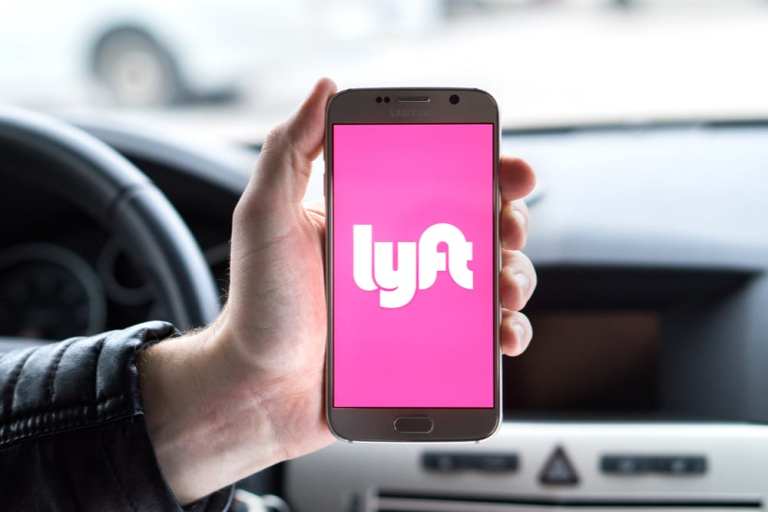Lyft Q4 Revenue Tops $1B, Ridership Up 23 Pct

As Lyft drove innovation with enhancements to the technology that powers its platform, the ride-hailing company reported that its active riders grew 23 percent year over year to a record 22.9 million in the fourth quarter, compared to 18.6 million in Q4 of 2018. The firm also reported revenue per active rider of $44.40, compared to $36.02 in Q4 2018.
Lyft Co-founder and CEO Logan Green said on an earnings call with analysts on Tuesday (Feb. 11) that product innovation is a “key driver of our growth,” adding that “innovation is what powers our ability to deliver the right product to the right customer at the right time.”
In 2019, Green said the firm made significant improvements to the tech stacks that power its marketplace. In one case, the company rolled out the Lyft matching platform, which enables new offerings such as Shared Saver.
Green said modes like Shared Saver can better address certain use cases, such as daily commutes, driving increased frequency. He said it now accounts for approximately one-third of shared rides in markets where the company has rolled out the service. In the last few months, the firm also enhanced its infrastructure by launching a new modes platform that Green said allows the firm’s teams to develop and test new modes with greater velocity.
A Transportation Network
Green noted that 2019 was the first full year with scooters, bikes and public transportation in the Lyft network, transforming it “from a ridesharing platform to a complete transportation network.” The company relaunched its eBikes, and made significant progress on its scooter strategy, beginning with its Bay Wheels system in San Jose and San Francisco in Q4.
The company plans to roll out its new eBikes in a number of new markets over the next couple of months, including the Citi Bike system in New York, the Capital Bikeshare system in the greater Washington, D.C. area and the Divvy system in Chicago. Green added that early results for the company’s eBike relaunch have been encouraging, with “significantly more rides per day than our classic bikes.”
Green said the company made meaningful progress with its scooter operations in Q4. In November, it left six markets to focus on its biggest, highest-density scooter markets, as well as “sharpen our attention where resources are most productive.”
Self-Driving Vehicles
Green explained that Lyft has made exciting progress on its two-pronged approach to bring self-driving vehicles to market. He said its “open platform is one of the largest, publicly available commercial self-driving programs in the country.” With its partner, the company has provided more than 100,000 self-driving rides to users in Las Vegas.
The program is helping Lyft to understand how consumers see the technology, and feedback has been very positive. Green pointed out that 2019 was a transformative year for the company’s Level 5 engineering center, which keeps driving meaningful progress to deliver Lyft’s world-class autonomous vehicle system.
Green noted that the team delivered substantial improvements to its self-driving performance over the year. He also pointed out that the company massively accelerated its autonomous miles, operating “thousands” of miles per month on public roads in Q4. Beyond those tests, Lyft’s team opened its first dedicated facility to significantly grow the conditions and scenarios it can test within a controlled environment.
One of the firm’s advantages is the billions of miles traveled on the Lyft platform every year, providing a proprietary data set. In 2019, the Level 5 team used the power of that information for the first time, which Green said brought about encouraging gains in the performance of its self-driving systems. The company plans to further focus on harnessing the power of the Lyft platform for its autonomous vehicle efforts in 2020.
Lyft reported Q4 earnings results that exceeded top- and bottom-line estimates, with revenues of $1.02 billion and a net loss per share of $1.19. Analysts had expected $984.17 billion in revenue and a net loss per share of $1.39.